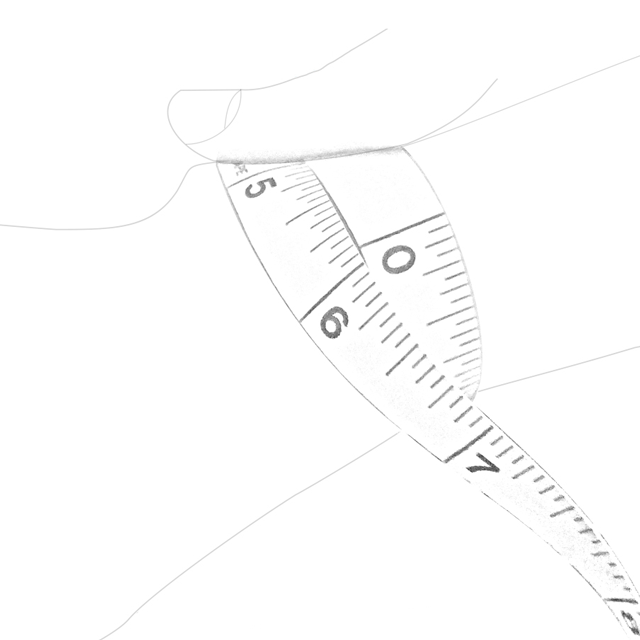Alexi Pappas Reflects on Marathon Training, Shares Her Tips and Insights
By Alexi Pappas, Garmin Pro
@AlexiPappas
The marathon, I’m learning, is a unique sport — even for someone who has competed at the Olympic level in Track. The marathon-training process is almost like learning a new language. Of course, running is running, and at the end of the day, fitness is critical. But there are a few significant differences that I am still adapting to as I transition from a long-distance runner into a marathoner.
Strength-over-speed workouts:
When I was training for the 10,000 meters at the Rio Olympics in 2016, the exercise I was the most nervous for was the “speed” workout, which was also the most important session of the week. It was always on the track, and I was never sure if I would be able to hit my pace or not! With speed workouts, this was the key: to try to hit the paces consistently. My Garmin Forerunner 935 was very useful in helping me keep track of this data and answering my question, “Am I on pace?”
We also did “strength” based workouts, where we ran more miles at a slower pace, but they never challenged my body most.
However, when I switched to marathon training, everything reversed, so that the strength workout became the most important of my week. For these, I learned the focus was not as much about hitting exact paces so much as it was about getting in the total volume. I was always most nervous about whether or not I would be able to complete the mileage itself. To do this, I not only needed to learn how to stay calm but also how to govern my effort. In this way, my Forerunner helped monitor my mileage and even helped me make sure I did not begin a long workout too fast, because, unlike in track, a marathon is about longevity over speed.
Rest:
Rest has always been a crucial part of my training regimen, and my Forerunner is useful to me in this area because I can track not only my mileage but also my steps and effort. When I am feeling tired one day, the training run with the same distance might take me many more steps than another day. This might mean I am going slower, and therefore more tired.
Similarly, my Forerunner will show me a particular day’s stats as compared to the previous day’s, and that is always a useful tool. For marathon running, it is just as much about appropriate recovery as it is about hitting your workout correctly.
A Marathon is long, but keep it fun:
Here’s a fun story. The marathon requires some very, very long training runs! Sometimes it is the most fun to plan out a route that is “point to point” rather than “out and back.” During one of my long runs, I planned a route that began at my house and ended 18 miles later, at my favorite local café. I ran with my Forerunner and used Garmin Pay to purchase for my meal. Then my husband picked me up and brought me home. What I loved about it was that I had something to look forward to the entire run: a destination, which meant more than just mileage. And best of all, I didn’t have to bring my credit card with me because it was all contained within my watch!
I recommend making an effort to keep your training fun, whatever that means to you.
The post Alexi Pappas Reflects on Marathon Training, Shares Her Tips and Insights appeared first on Garmin Blog.
Sample Block Quote
Praesent vestibulum congue tellus at fringilla. Curabitur vitae semper sem, eu convallis est. Cras felis nunc commodo loremous convallis vitae interdum non nisl. Maecenas ac est sit amet augue pharetra convallis nec danos.
Sample Paragraph Text
Praesent vestibulum congue tellus at fringilla. Curabitur vitae semper sem, eu convallis est. Cras felis nunc commodo eu convallis vitae interdum non nisl. Maecenas ac est sit amet augue pharetra convallis nec danos dui.
Cras suscipit quam et turpis eleifend vitae malesuada magna congue. Damus id ullamcorper neque. Sed vitae mi a mi pretium aliquet ac sed elitos. Pellentesque nulla eros accumsan quis justo at tincidunt lobortis denimes loremous. Suspendisse vestibulum lectus in lectus volutpat, ut dapibus purus pulvinar. Vestibulum sit amet auctor ipsum.

